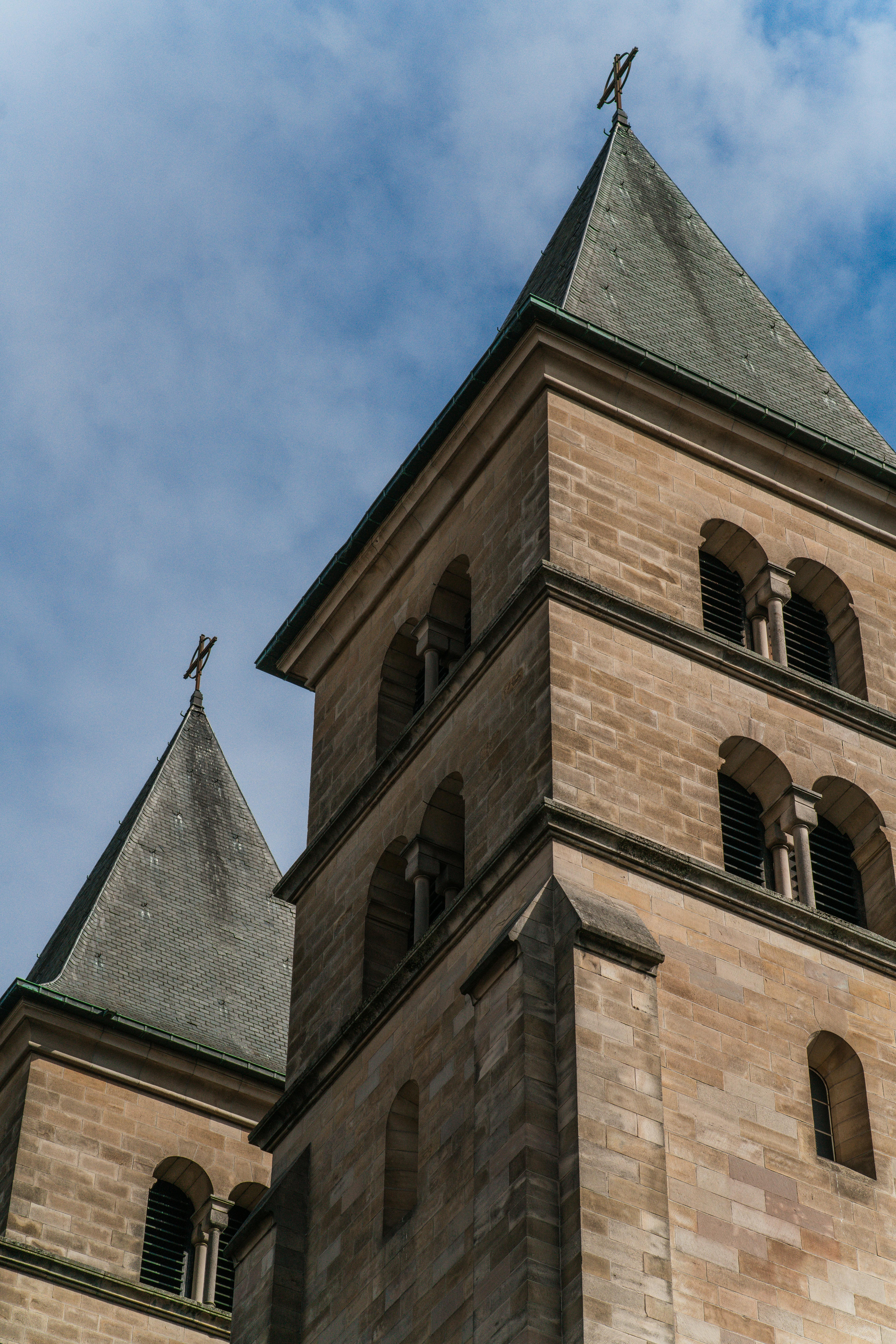
Echternach: The Historical Town That Dances Through Time

Written by Luca Morante
Echternach: The Town That Dances Through Time
Tucked between dense forests and dramatic sandstone cliffs near the German border, Echternach is the oldest town in Luxembourg—and at first glance, it looks exactly how you'd imagine an ancient monastic town: medieval alleys, a towering basilica, and the soft murmur of the River Sûre winding by. But beneath its serene exterior lies one of Europe’s most unusual and enduring mysteries—a centuries-old ritual that turns the entire town into a human dance floor.
This is the story of the Dancing Procession of Echternach—a sacred spectacle that has survived plagues, prohibitions, and wars. It’s not a festival. It’s not a performance. It’s a pilgrimage. And it’s unlike anything else on Earth.
The Origins: Saint Willibrord and a City of Miracles
To understand Echternach’s ritual, you must go back over 1,300 years to the story of Saint Willibrord, an Anglo-Saxon monk from Northumbria who crossed the English Channel in the 7th century with a mission to evangelize the pagan tribes of Europe.
In 698 AD, Willibrord founded a Benedictine Abbey in Echternach. This monastery became one of the most influential centers of learning and spirituality in the Frankish Empire. Willibrord’s charisma, scholarship, and reputation for miraculous healings drew followers from far and wide. He was eventually canonized, and Echternach became a destination for pilgrims seeking not just enlightenment—but healing.
And from this need for healing, a peculiar tradition was born.
The Curiosity: When Pilgrims Danced for Cures
By the Middle Ages, stories began to circulate that those suffering from neurological disorders—what might now be called epilepsy, tremors, or even “dancing mania”—could find relief by visiting the tomb of Saint Willibrord. But the pilgrims didn’t walk to his shrine—they danced.
Historical records from as early as the 15th century describe lines of pilgrims shuffling through the streets in a strange, rhythmic step, hopping from foot to foot, moving forward three steps and back two. It was slow. It was repetitive. But it was holy. Over time, this ritual movement evolved into a full-fledged procession.
Today, this dance is still performed every Whit Tuesday (the Tuesday after Pentecost). Thousands of participants, often in white shirts and black trousers, link white handkerchiefs and literally dance their way through the cobbled streets of Echternach, moving toward the crypt of Saint Willibrord in the Basilica.
The movement is hypnotic. There are no musical instruments—only a live brass band playing the same solemn march on loop. The dancers swing in rhythm. Spectators fall silent. And in that moment, the town becomes timeless.
The Power of Persistence: Banned but Never Broken
The procession has survived religious reform, Napoleonic decrees, even Nazi bans. During World War II, when public religious expression was prohibited in occupied Luxembourg, locals risked punishment to continue the ritual in secret. Why? Because for Echternach, the procession is more than tradition—it is identity, memory, and faith woven into movement.
In fact, in 2010, the ritual was added to the UNESCO Intangible Cultural Heritage of Humanity list—cementing its place in the world’s spiritual and cultural consciousness.
Exploring Echternach Beyond the Procession
While the Dancing Procession is Echternach’s most iconic event, the town holds wonders year-round.
• The Basilica of Saint Willibrord: Rebuilt in Romanesque style after World War II, this basilica stands on the ruins of Willibrord’s original abbey. The crypt, where he is buried, is illuminated by a soft, ethereal glow. Pilgrims still leave tokens of gratitude for answered prayers.
• The Abbey Museum: Housed in a former orangerie, this museum unveils the story of Echternach’s scriptorium, which produced some of the most elaborate illuminated manuscripts of the Carolingian Renaissance. The craftsmanship on display rivals that of famous Irish and English monastic works.
• The Echternach Lake and Mullerthal Trails: Just outside town, a sprawling recreational lake offers canoeing, biking, and paddleboarding. Meanwhile, hikers can take the winding Mullerthal Trail through forests, rock formations, and gorges—a place so mystical it’s called “Luxembourg’s Little Switzerland.”
• Summer Classical Music Festival: Continuing the monastic tradition of music and scholarship, Echternach’s abbey hosts a world-renowned festival of classical music in June. The acoustics are heavenly. The atmosphere, pure serenity.
Why This Matters
In a world obsessed with speed, progress, and flashy experiences, Echternach offers something radically different: a dance that goes nowhere fast, a ritual that values patience, memory, and community. It’s not a performance—it’s a prayer. And in its slow, swaying steps, it carries the weight of centuries.
So visit Echternach. Not just to see, but to move. To listen. To wonder. And maybe—if you arrive in May or June—to dance.

Related Itinerary: Echternach
Follow Us
Join
Subscribe For more itineraries
Love discovering hidden gems and powerful stories like this? Follow us for more curated itineraries, historic insights, and unforgettable destinations around Luxembourg and beyond. Whether you’re planning your next weekend getaway or just love exploring from your screen, we’ve got countless ideas to inspire your next journey. Adventure is closer than you think—come explore it with us!

